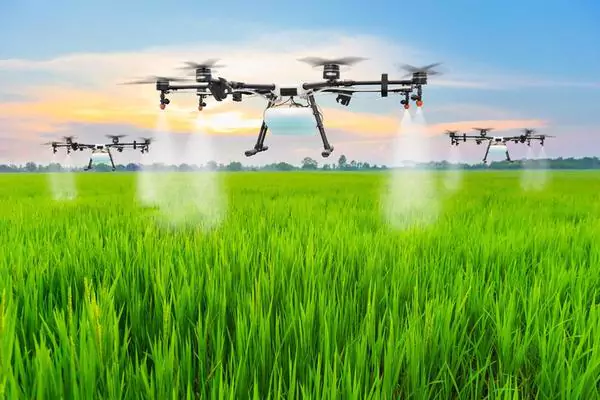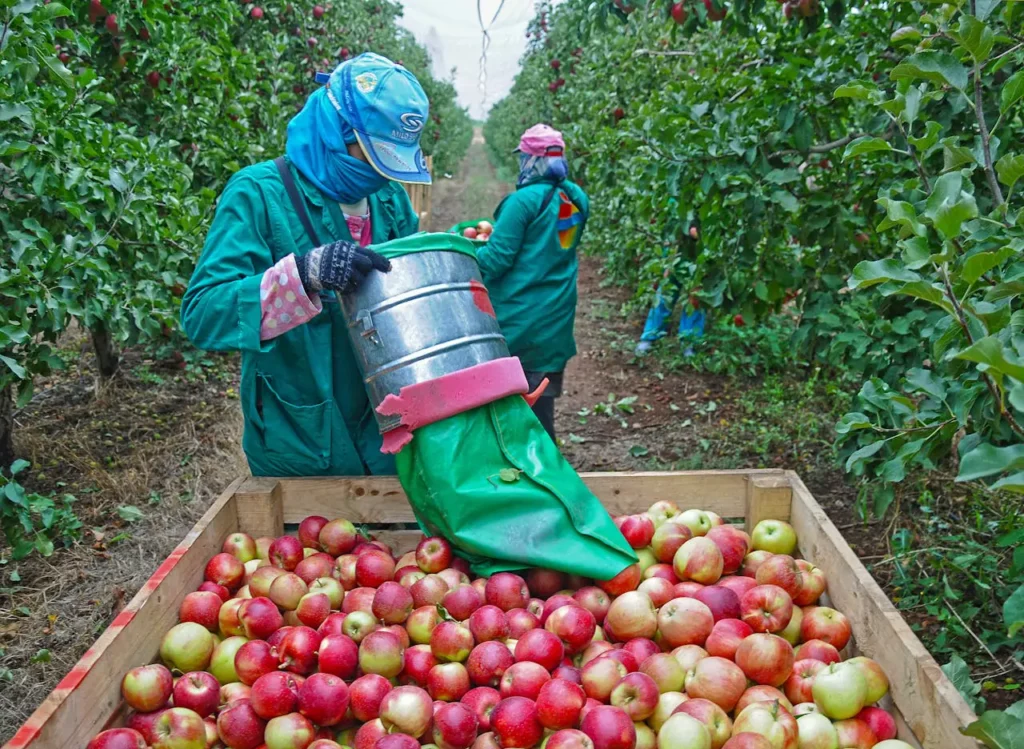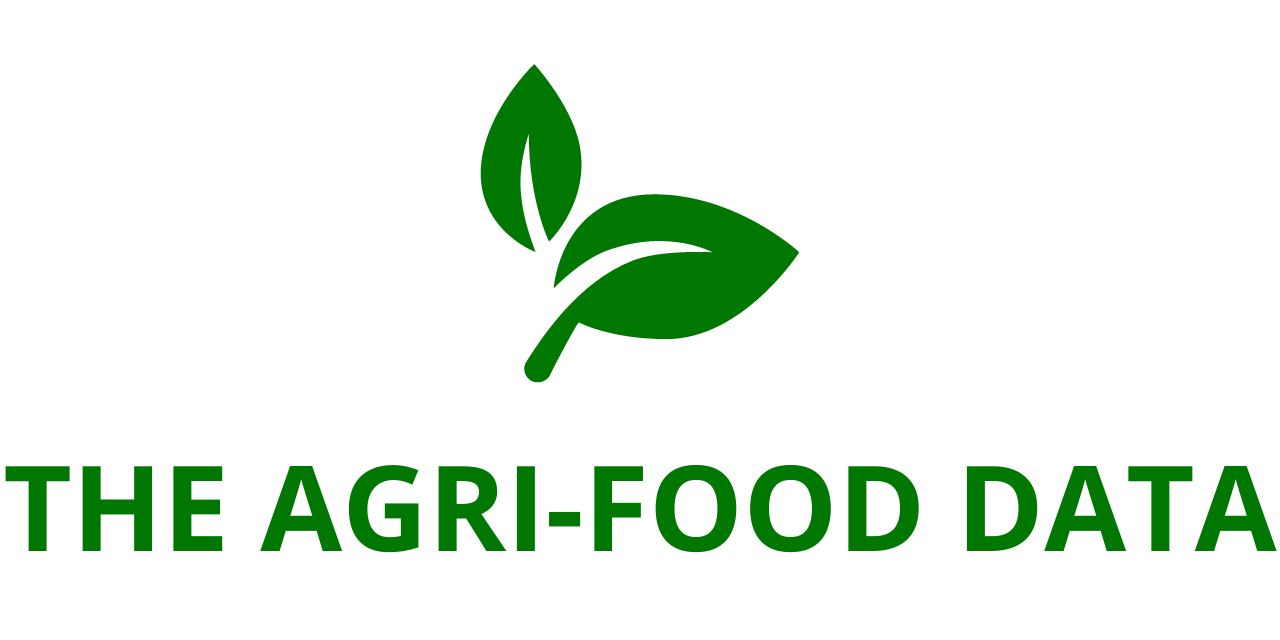
In a significant victory for the agricultural community, North Dakota Governor Kelly Armstrong has signed into law House Bill 1318 (HB 1318), positioning the state as a national leader in reinforcing science-based regulation for crop protection. The new law affirms the authority of the U.S. Environmental Protection Agency (EPA) in determining the safety of agricultural products based on scientific evidence and regulatory review, making North Dakota the first state to pass legislation that explicitly supports the EPA’s science-backed conclusions on crop protection product safety.
The legislation has been widely applauded by farmers, agribusiness professionals, and industry leaders, who emphasize its importance in ensuring continued access to tools that enable productive, efficient, and environmentally responsible farming.
A Boost for Science-Based Agriculture
“This new law is crucial for providing the tools North Dakota’s farmers rely on to produce America’s food supply,” said Brian Naber, President of Crop Science for North America & the Australia/New Zealand Region. “Without crop protection tools, America’s consumers could face higher costs to provide for their families and put food on the table. By signing HB 1318, Governor Armstrong is supporting North Dakota’s farmers, America’s consumers, and the decades of innovation that underpin the state’s proud agricultural history and vibrant economy.”
HB 1318 affirms the integrity of the federal regulatory system and acknowledges the vital role the EPA plays in ensuring the safety of products used in agriculture. The law effectively restricts the introduction of contradictory state-level regulations or labeling requirements that might undermine the EPA’s scientifically driven conclusions. This move is seen as a much-needed counterbalance to growing efforts in some states and legal jurisdictions to impose additional warning labels or restrictions not aligned with the EPA’s determinations.
Support from the Agricultural Community
The passage of HB 1318 reflects a collaborative effort between lawmakers, commodity groups, and farmers who recognize the value of modern agricultural technologies. These stakeholders worked closely to ensure the bill’s success, recognizing that a predictable, science-based regulatory framework is essential for the agricultural sector to thrive.
North Dakota’s agricultural sector is a major contributor to the state’s economy, generating more than $14 billion annually when including both direct agricultural activity and related industries such as transportation, food processing, and equipment manufacturing. With the adoption of HB 1318, the state has taken an important step to safeguard the continued viability of this sector by reducing regulatory uncertainty and reinforcing the role of federal science-based oversight.
Defending Innovation in Crop Protection
Crop protection products, including herbicides, fungicides, and insecticides, play a crucial role in modern farming by improving yields, protecting crops from pests and disease, and reducing the environmental footprint of agricultural practices. These tools allow farmers to manage weeds and pests more effectively, often enabling reduced tillage and more sustainable soil management.
One of the most commonly discussed and debated crop protection products is glyphosate, an herbicide that has been used by farmers for decades. Glyphosate has undergone extensive scientific review by regulatory authorities around the world, including the EPA, the European Food Safety Authority (EFSA), and Health Canada. These bodies have consistently concluded that glyphosate is safe to use when applied according to label instructions.

“Science-based regulatory decisions are essential to the sustainability of agriculture,” said a representative from Bayer, the manufacturer of glyphosate-based products such as Roundup. “By enacting HB 1318, North Dakota has sent a strong message that it values sound science and the role it plays in supporting farmers and consumers alike.”
Implications for Legal and Regulatory Consistency
One of the most significant aspects of HB 1318 is its potential to influence the legal landscape surrounding crop protection products. Over the past several years, high-profile legal cases in other states, particularly in California, have challenged EPA-approved product labels and sought to require additional health warnings—most notably regarding glyphosate’s alleged links to cancer. These lawsuits have often relied on claims that contradict the findings of federal and international regulatory agencies.
HB 1318 addresses this issue by affirming that, in North Dakota, EPA determinations will take precedence, providing much-needed legal clarity for manufacturers and users of crop protection products. Bayer expressed hope that this legislation will help create a more predictable and fair legal environment, stating that it “hopes the courts will begin applying this legislation to provide the legal certainty regarding claims about the health and safety warning labels on crop protection products.”
A Model for Other States?
The bold move by North Dakota may serve as a model for other states seeking to reinforce science-based regulatory practices in agriculture. As pressure grows from advocacy groups and litigation aimed at curbing or banning specific chemicals, the agricultural community is increasingly calling for state-level action to protect access to essential tools and maintain the integrity of the science-driven regulatory process.
In many respects, HB 1318 represents more than just a state law—it is a statement of support for American farmers and for a science-based approach to public policy. By emphasizing the importance of objective, peer-reviewed scientific data in regulatory decisions, North Dakota is helping to pave the way for a more resilient and innovative agricultural future.
Moving Forward
As the agricultural sector continues to face evolving challenges—from climate change to global supply chain disruptions—farmers will need continued access to the best available tools and technologies. Laws like HB 1318 help ensure that those tools remain available and that their use is governed by sound science rather than politics or misinformation.
In the coming months, industry observers will be watching to see whether other states follow North Dakota’s lead in adopting similar legislation. For now, HB 1318 stands as a powerful example of what can be achieved when science, policy, and the agricultural community work in unison.
Let me know if you’d like to tailor this version for a specific audience—such as industry professionals, policymakers, or the general public.





